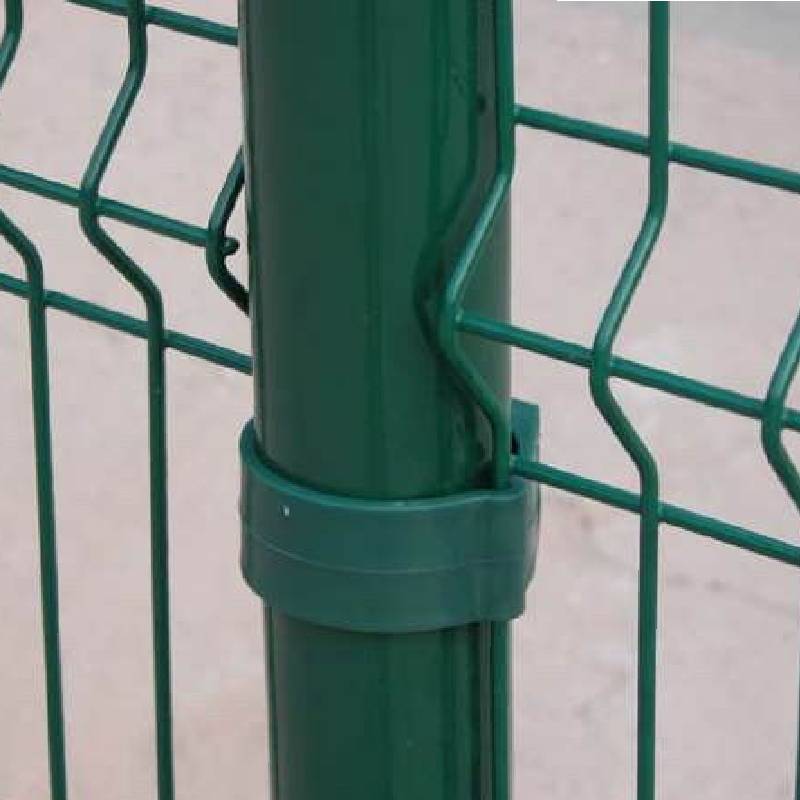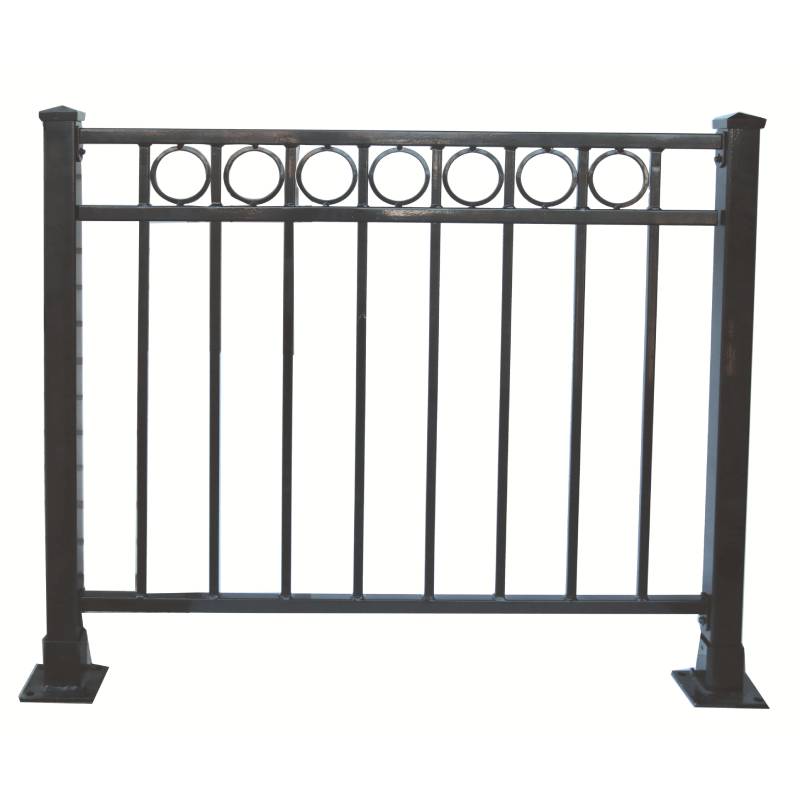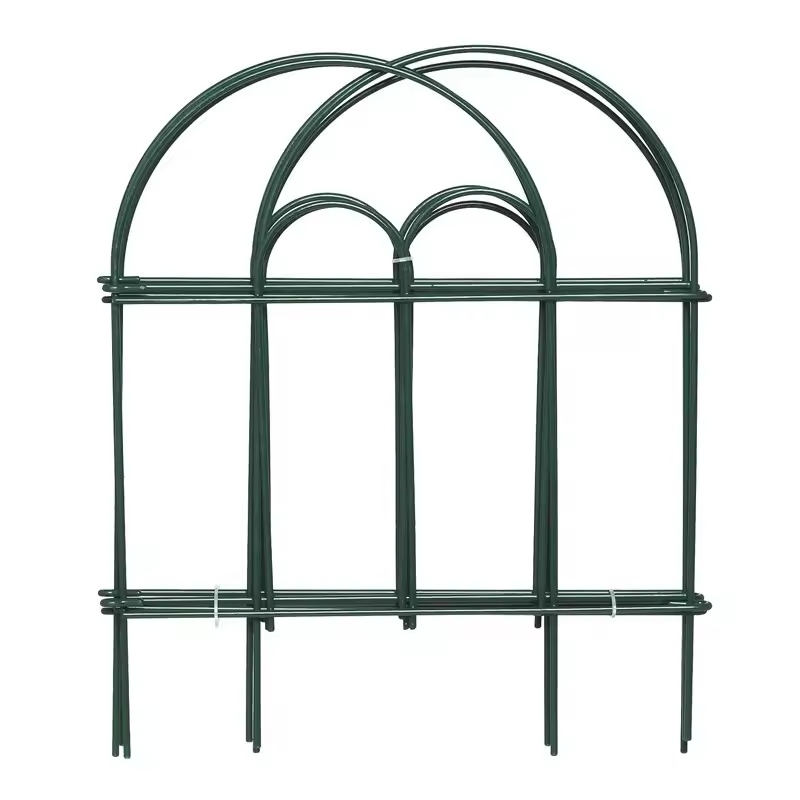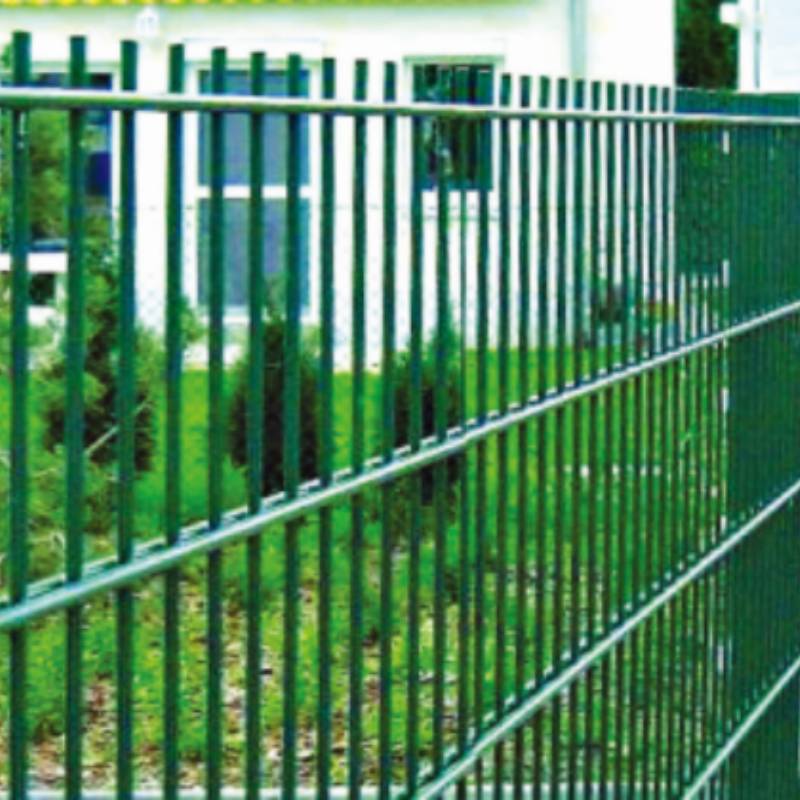-
Электронная почта:zhao@hyliec.cn
-
Тел:+86 311 85273988
-
WhatsAPP:8613931128750
-
 Африканский
Африканский -
 албанский
албанский -
 амхарский
амхарский -
 арабский
арабский -
 Армянский
Армянский -
 азербайджанский
азербайджанский -
 Баскский
Баскский -
 белорусский
белорусский -
 Бенгальский
Бенгальский -
 Боснийский
Боснийский -
 болгарский
болгарский -
 каталонский
каталонский -
 кебуано
кебуано -
 корсиканец
корсиканец -
 хорватский
хорватский -
 Чешский
Чешский -
 датский
датский -
 Голландский
Голландский -
 Английский
Английский -
 эсперанто
эсперанто -
 эстонский
эстонский -
 финский
финский -
 Французский
Французский -
 фризский
фризский -
 галисийский
галисийский -
 грузинский
грузинский -
 Немецкий
Немецкий -
 Греческий
Греческий -
 Гуджарати
Гуджарати -
 Гаитянский креольский
Гаитянский креольский -
 хауса
хауса -
 гавайский
гавайский -
 иврит
иврит -
 Неа
Неа -
 Мяо
Мяо -
 Венгерский
Венгерский -
 исландский
исландский -
 игбо
игбо -
 индонезийский
индонезийский -
 ирландский
ирландский -
 итальянский
итальянский -
 Японский
Японский -
 яванский
яванский -
 Каннада
Каннада -
 казахский
казахский -
 кхмерский
кхмерский -
 Руандийский
Руандийский -
 Корейский
Корейский -
 курдский
курдский -
 киргизский
киргизский -
 туберкулез
туберкулез -
 латинский
латинский -
 Латышский
Латышский -
 Литовский
Литовский -
 Люксембургский
Люксембургский -
 македонский
македонский -
 Малгаши
Малгаши -
 малайский
малайский -
 малаялам
малаялам -
 мальтийский
мальтийский -
 маори
маори -
 Маратхи
Маратхи -
 Монгольский
Монгольский -
 Мьянма
Мьянма -
 непальский
непальский -
 Норвежский
Норвежский -
 Норвежский
Норвежский -
 окситанский
окситанский -
 пушту
пушту -
 персидский
персидский -
 Польский
Польский -
 португальский
португальский -
 панджаби
панджаби -
 румынский
румынский -
 Русский
Русский -
 Самоанец
Самоанец -
 Шотландский гэльский
Шотландский гэльский -
 сербский
сербский -
 Английский
Английский -
 Шона
Шона -
 Синдхи
Синдхи -
 сингальский
сингальский -
 словацкий
словацкий -
 словенский
словенский -
 Сомали
Сомали -
 испанский
испанский -
 суданский
суданский -
 суахили
суахили -
 Шведский
Шведский -
 Тагальский
Тагальский -
 таджикский
таджикский -
 тамильский
тамильский -
 татарский
татарский -
 телугу
телугу -
 тайский
тайский -
 турецкий
турецкий -
 туркменский
туркменский -
 украинец
украинец -
 урду
урду -
 уйгурский
уйгурский -
 Узбекский
Узбекский -
 вьетнамский
вьетнамский -
 валлийский
валлийский -
 Помощь
Помощь -
 идиш
идиш -
 Йоруба
Йоруба -
 Зулу
Зулу
Панельный Забор
Wholesale Metal Fence Panels ?
Wholesale metal fence panels are a popular choice for those looking for durable and secure fencing solutions. These panels are often made steel materials providing a
strong and long-lasting option for garden fencing. They are available in various designs and sizes, making them suitable for a wide range of applications. Wholesale options offer cost-effective solutions for purchasing metal fence panels in bulk, making them ideal for contractors, landscapers, and property developers looking to install fencing on a larger scale.
Is It Cheaper To Buy Fence Panels Or Build Them?
The cost of buying fence panels versus building them can vary depending on several factors. In general, buying pre-made fence panels can be cheaper and more time-efficient than building them from scratch. Pre-made panels are mass-produced, which often makes them more cost-effective due to economies of scale. Additionally, purchasing fence panels can save on labor costs, as they are typically easier and quicker to install compared to building a fence from individual components. However, building a fence from raw materials allows for more customization and control over the design, which may be a priority for some individuals. It's important to consider the specific requirements, budget, and time constraints when deciding whether to buy or build fence panels.
How To Install A Panel Fence?
To install a panel fence involves several steps:
1. Measure and plan: Determine the length of the fence and calculate the number of panels needed. Plan the layout and ensure the fence posts are installed at the appropriate intervals to accommodate the panels.
2. Install the posts: Dig holes for the fence posts, ensuring they are deep enough to provide stability. Set the posts in concrete and allow them to cure before attaching the panels.
3. Attach the panels: Once the posts are set, attach the panels to the posts using appropriate fasteners such as screws or nails. Ensure the panels are level and properly aligned.
4. Add finishing touches: Depending on the type of panels used, additional finishing touches such as capping, trim, or paint may be required to enhance the appearance and durability of the fence.
5. Maintenance: Regular maintenance, such as cleaning and sealing, may be necessary to ensure the longevity of the fence panels.
It's important to follow the manufacturer's instructions and local building codes when paneling a fence to ensure proper installation and compliance with regulations. If in doubt, it's advisable to consult with a professional or seek guidance from experienced individuals.








